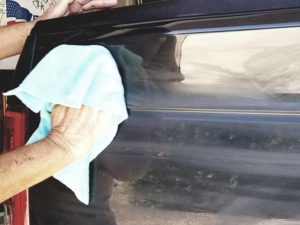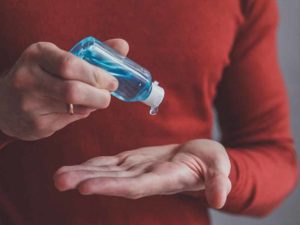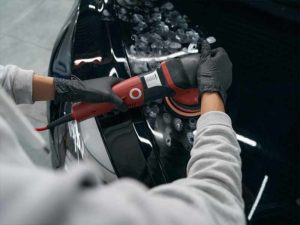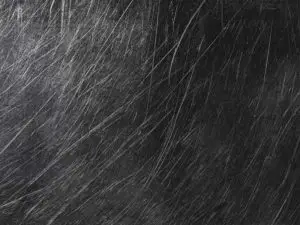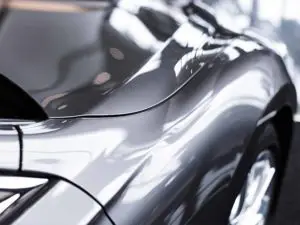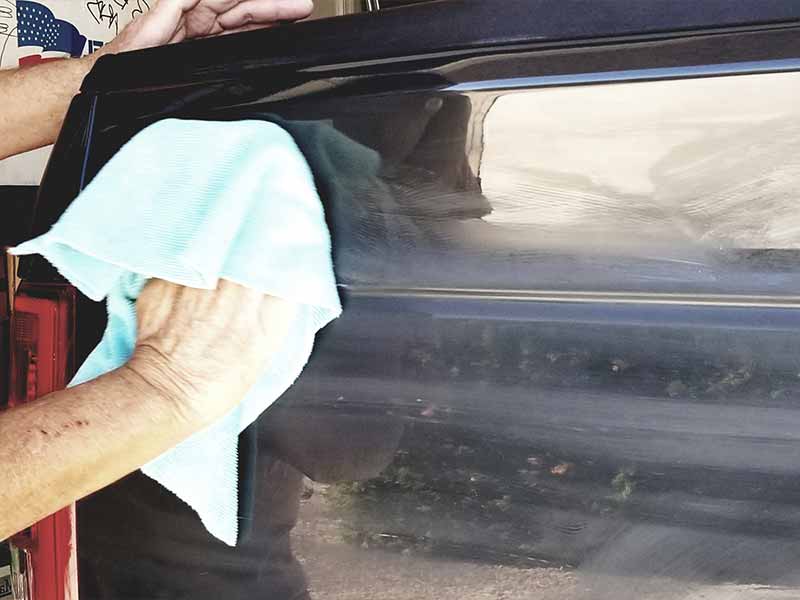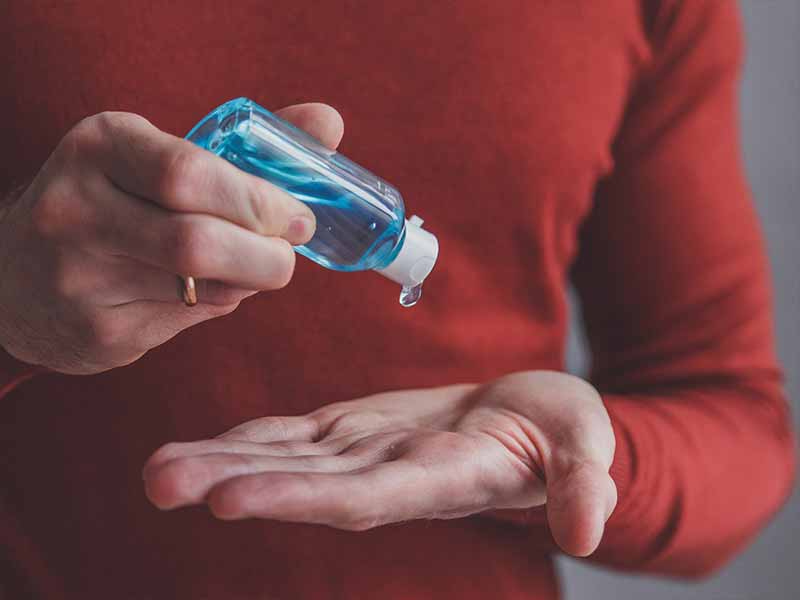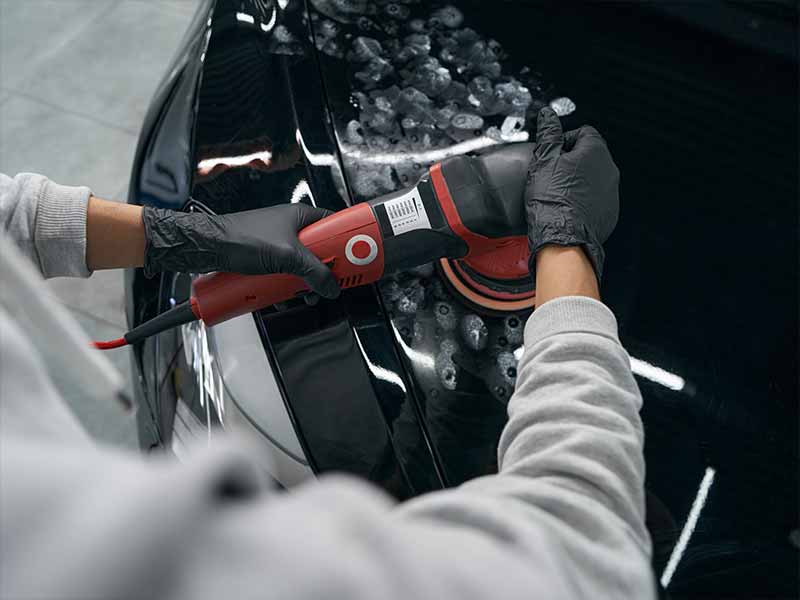Table of Contents
This is the most detailed and comprehensive article outlining all aspects of paint decontamination and an in-depth explanation of the process in detail.
The paint decontamination process doesn’t necessarily need to encompass everything covered in this guide. But for the absolute cleanest paint for applying carnauba wax, paint sealant, ceramic coating, or paint protection film, this guide has got you covered.
Let’s dive in to all of the nitty gritty details of deep cleaning your paint surface.
How To Decontaminate Car Paint
To thoroughly decontaminate your car paint you should start with a strip wash.
Next use degreaser, iron fallout remover, and a clay bar to remove contaminants from the paint surface.
Then use a pre wax cleaner to aggressively remove the last stubborn contaminants or simply do some light polishing to perform any needed paint correction.
Last, do an IPA wipe to remove oils or residue left on the paint surface.
What Is Paint Decontamination?
Paint decontamination is the process of removing contaminants that are bonded to your car’s paint that regular car washing can’t remove alone.
There are many environmental contaminants that bond with and damage the paint surface if not removed.
Also, these contaminants will break down the bond any paint protection has with the finish and can cause it to fail prematurely.
Not only that, but if some of these contaminants aren’t removed prior to applying a paint protection product, the contaminants can continue to cause damage over time.

Paint Decontamination Process - Step By Step
The process described below is a comprehensive decontamination method. You may find you don’t need to perform every one of these steps to achieve the results you need.
Step 1 – Strip Wash
A thorough car washing is required to begin the process. A wash will remove all of the loose dirt and road grime sitting on the paint surface. The two bucket method is highly recommended to minimize swirls and scratches in the finish.
Normal car wash shampoo is adequate, but a strip wash is preferred. A strip wash is designed to remove wax and paint sealants, and is much more aggressive than a traditional car wash shampoo that is designed to not break down paint sealants.
It should be noted that no car wash will completely strip wax or sealant from your finish, but it will begin to break it down and remove some of it, which is one of the ultimate goals of proper decontamination.
Step 2 – Degreaser
Apply degreaser or tar remover to stubborn tar, insect splatter, and other greasy and oil paint stains and stuck on road grime. Allow it to sit for several minutes and break down the bond the contaminants have with the paint.
Using a microfiber towel, remove the tar and contaminants as well as wipe away the excess degreaser.
Rinse and wash the areas degreaser was used on to remove any residue left.
Step 3 – Iron Fallout Remover
Spray the entire surface with an iron fallout remover and allow it to sit and react with the iron particles embedded in the surface of your finish.
Once the fallout remover has been allows to sit for the manufacturer’s recommended dwell time, rinse with a pressure washer and dry.
Iron deposits are difficult to see with the naked eye but you’ll be amazed as the chemicals in the fallout remover react with the iron particles and begin turning a purple color.
You should focus most of your efforts on the lower half of the vehicle, but the entire surface will likely have some iron contamination.
Step 4 – Clay Bar
Most people are familiar with using a clay bar for decontamination. It’s amazingly effective and removing stubborn road grime and small particles.
Spray clay lubricant onto the paintwork and glide the clay bar across the finish gently. Contaminants will embed into the clay and be pulled off the paint surface.
Wipe down the paintwork as you go with a microfiber towel.
Step 5 – Pre Wax Cleaner/Paint Correction
Pre wax cleaners are excellent for preparing your painted surfaces for application of a paint protection product.
Apply a bit to an applicator pad and work it into the finish if working by hand. A dual action polisher is a much more efficient and safe way get this job done.
A pre wax cleaner will polish away any remaining surface contaminants and smooth out light scratches and swirl marks. Chemicals in the cleaner will attack the bonds contamination has with the paint and help it remove as the polisher works its way across the finish.
Step 6 – IPA Wipe
The final step is to use an isopropyl alcohol dilution to wipe down the finish and remove any oils or residue left behind.
Once this process is complete, the painted surfaces should be absolutely perfectly decontaminated and ready for wax, sealant, ceramic coating, or paint protection film.

Common Paint Contaminants
The following is a comprehensive list of the most common embedded contaminants that you’ll be attempting to remove during this process.
Iron Particles
Iron deposits and other metal particles frequently end up on your finish. Iron particles will begin to rust and leave tiny reddish rust specs all over your paintwork. Some sources of these particles are:
Brake Dust
Brake dust contains quite a bit of metal that ends up on the surface of your car paint. Brake dust can come from your vehicle of course, but also comes from all of the other vehicles on the road.
Brake dust is particularly troublesome for wheels. Wheel cleaners typically feature iron remover to break down and neutralize iron particles.
Rail Dust
Train tracks and essentially any heavy industrial areas with machinery that have a lot of metal-on-metal devices produce rail dust. If you live in a heavy industrial area or near train tracks, you can expect a higher level than normal of rail dust.
Industrial Fallout
Industrial fallout refers to contamination that falls out of the sky from smoke stack exhaust or other industrial emissions. Industrial centers use all sorts of chemicals and burn various fuels in the production of rubbers, machinery, plastics, and all sorts of other products.
Paint Overspray
Paint overspray can happen when you least expect it. We may not think about it, but many things we interact with are painted surfaces. Often these items being painted are receiving that paint in the spot that they’ll be used.
This means that wherever you park you might be near something about to get sprayed with paint. The mist from the painting process can drift quite a ways and land on your car or truck’s finish.
Insect Guts
Bugs will splatter on your front bumper, wing mirror housings, leading edge of your hood, and other front facing surfaces. What a lot of people don’t realize or consider is that the guts of these insects are often acidic and can etch into the surface of your paintwork.
Bird Droppings
Bird droppings are the bane of a car enthusiasts existence. While a little bird poop splotch on your hood might be unsightly, the real problem is that it can be damaging to the paint underneath.
These droppings can be acidic or can stain your clear coat. These remnants can be very difficult to remove once they’ve set in.
Mineral Deposits
Water spots from hard water deposits can be shockingly difficult to remove sometimes. If you’re lucking a little elbow grease can remove them. But more often than not, they require a lot more than that to get them off your paintwork.
Road Tar
Road tar is generally more annoying than troublesome. It typically won’t do damage to your finish, but it will bond with the paint and won’t be easily removed by a simple car washing.
A degreaser or tar remover will need to be sprayed onto the area to begin breaking down the bond the tar has with the paint.
Tree Sap
Tree sap can be very damaging to car paint if left to bake in the sun. It can bond and harden to a point that it takes some real effort to remove, and can cause paint damage if not done properly.
Care needs to be taken to properly remove these type of contaminants.
Other Deposits and Residue
We can’t possibly cover every single type of paint contamination that you might deal with. All sorts of impurities and contamination can come into contact with your paintwork.
If you notice them early, it’s best to try to remove contaminants immediately be fore they have a chance to bond with the surface and stick for good.
Paint Decontamination Products
There are a plethora of products for removing contaminants from your paintwork on the market. We’ll break down the purpose of each and make some recommendations to get the best results.
Chemical Decontamination
Chemical decontamination is essentially spraying something on your paint surface that will neutralize or break down the contamination. Let’s cover the common types:
Car Wash Soap
Most car wash soaps or shampoos are designed to be gentle enough to not remove wax or paint sealant, but strong enough to loosen dirt and road grime. As a preparation for the paint decontamination process, these gentle shampoos are less than ideal.
A decontamination wash is a better choice. There are several products on the market designed be more aggressive than a traditional car shampoo, but Adam’s Strip Wash has proven to be one of the better picks.
Contrary to what a lot of these manufacturer’s may say, the don’t usually remove all of the wax or paint sealant on the surface of your vehicle’s finish. But don’t worry. We’re putting together the ultimate decontamination process here so we can rest assured that our paintwork is pristine.
Degreaser
Degreasers are great tools to have in your car detailing arsenal. They can break down grease as you might expect, but they also help remove oils, silicones, tars, and other oily and greasy contaminants that can be difficult to remove.
I’ve found the best degreaser and tar remover to be Citrol 266. It’s an amazing degreaser that is safe to use on car paint.
Iron Remover
Iron removers neutralize iron fallout embedded in your paintwork. They’re a spray-on product that will change color when it comes into contact with iron.
IPA Wipe
IPA is short for isopropyl alcohol. An IPA wipe is an isopropyl alcohol that has been diluted 10 to 1 distilled water to isopropyl alcohol. You can read more about IPA dilutions and alternatives in our detailed article.
Mechanical Decontamination
Mechanical paint decontamination is using muscle instead of chemicals to thoroughly decontaminate your paintwork:
Clay Bar Treatment
Clay barring is probably the most popular and well known method to eliminate stubborn surface contaminants.
To use a clay bar, you simply spray the surface of your paint with a clay lubricant and glide the clay bar across the car paint. Contaminants that stick up from the paint surface will stick in the clay bar and get pulled off the finish.
Today, there are also alternatives to using a traditional clay bar. There are clay mitts, clay towels, clay blocks, and clay discs. These alternatives are a grippy rubber-like material that works in exactly the same way as a clay bar but can be cleaned unlike clay, which needs to be thrown away after use.
Pre Wax Cleaner
In truth, a pre wax cleaner is both chemical and mechanical paint decontamination. Pre wax cleaners contain chemical cleaners to help break down surface contaminants and abrasives to mechanically smooth the surface and help remove light scratches and swirl marks as well as grind away the more stubborn contaminants.
A pre wax cleaner also contains elements similar to a glaze that help fill in minor scratches and smooth the surface of your car’s paint to a glass-like consistency.
Polishing
Polishing can also be performed to remove contamination from the surface of your car paint. A pre wax cleaner is a better option as it is designed specifically for decontamination and contains chemical additives to help with the decontamination process but polish alone can get the job done as well.

Helpful Links
Conclusion
This decontamination regimen is very comprehensive for most cars and likely overkill for most cases. Inspect your vehicle after a thorough strip wash and determine for yourself which of these methods you need to employ to ensure that your paintwork is necessary to achieve the goal you intend to reach.
Good luck and happy detailing.
